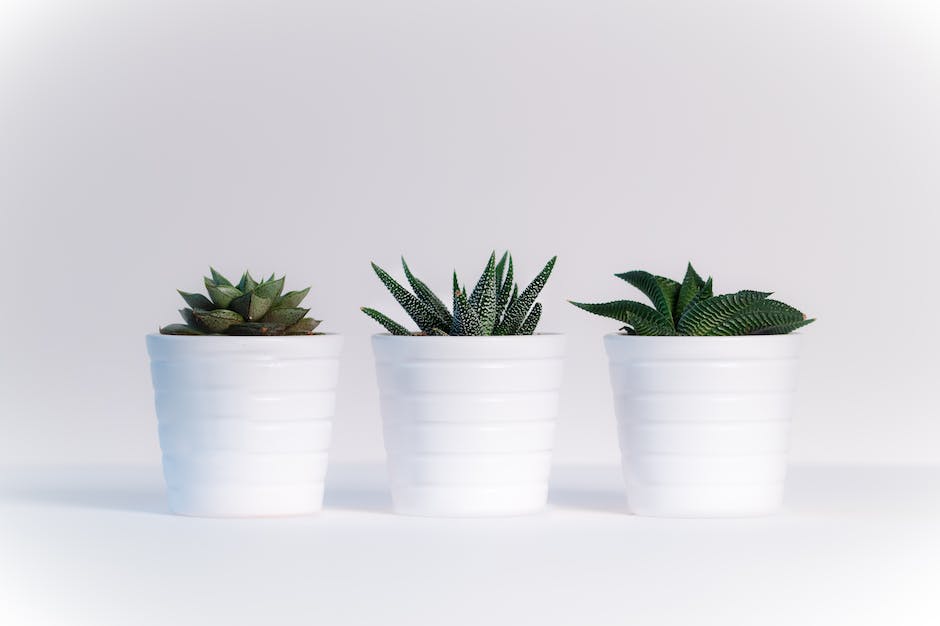Nurturing Green Spirits: Can You Bring a Plant On a Plane?

For many of us, our plants are much more than just verdant decorations – they are our companions! Whether it’s traveling for a long-term move or just bringing along the comfort of greenery on your vacation, flying with plants can become an intricate endeavor. As such, it’s vital to understand the various policies of airlines regarding traveling with live plants, alongside knowing which plants are travel-friendly. Moreover, equipping ourselves with best practices for plant packing and preparation guarantees our leafy friends stay healthy on the journey. Lastly, if you’re eyeing international travel, an understanding of laws and regulations prevents any inadvertent violation and ensures a hassle-free trip.
Understanding Airline Regulations
Diving headfirst into the lush world of plant collection and care, enthusiasts often find themselves enthralled by flora from all over. This verdant hobby inevitably leads many eco-confidants on quests to bring home the perfect plant from far-flung regions. One concern often sprouting in the minds of these green-thumbed nomads revolves around the policies of flying with plants. Rest assured, it’s entirely doable, so long as certain guidelines and regulations set out by the USDA and airline companies are adhered to.
The USDA’s Animal and Plant Health Inspection Service (APHIS) safeguards American agriculture, including the disturbance of ecosystems by invasive species. Consequently, their rules can be strict. Domestic flights generally don’t pose a problem, however, if a flight crosses state lines, it would be prudent to check if the plant in question is classed as a pest or threatened/endangered species in the destination state. Certain states, such as Florida, California, and Hawaii, are particularly stringent due to their diverse ecosystems.
Internationally, things can become more complex. In essence, all plant materials intended for entry into the United States must be declared and pass through USDA Plant Inspection Stations. Here, they are inspected for pests and diseases. In certain cases, a phytosanitary certificate, obtained from the country of origin’s plant health authorities, is required. Each airline also maintains its policy for managing plants onboard, and it is advisable to check these before the journey. Somehow, amidst all these rules and regulations, the thrill of bringing a piece of the botanical world home only seems to heighten. The hobby of appreciating plants, after all, loves throwing some interesting challenges.

Traveling with Specific Plants
When it comes to choosing which plants to take aloft, there are indeed some green buddies more suited to air travel. Succulents are often favored due to their resilient nature and minimal requirements for care. They need less water than their leafier counterparts, making them much easier to maintain between your departure point and your destination. Plus, their hardiness tends to make them less of a target for plant-eating pests, which can be a contributing factor during USDA inspections.
Next on the list are air plants. As the name suggests, these plants thrive on air, light, and minimal water, making them incredibly airline friendly. They’re easy to pack and mostly hassle-free as they do not require soil – an aspect that can be a significant red flag during USDA inspections due to possible soil-borne diseases or pests. Other plants that are generally safe for flying are small cacti or houseplants such as pothos or spider plants. These plants are easily manageable and tend to adapt well to different environments.
Above all else, it is crucial to remember that a well-packaged plant is a well-received plant, not only by airline authorities but also for the wellbeing of the plant as well. Good packaging ensures that the plant can have a more comfortable journey, protecting it from any external harm, including rapid changes in temperature, pressure, and movement. Investing time in understanding your green companions and preparing them for air-travel will surely raise the success rate of transporting your leafy buddies between destinations. Happy flying, plant enthusiasts!

Packing and Prep Tips
Ensuring your plants are comfortably cushioned within their travel containers is paramount. Fragile plants require a delicate touch, as they can easily get damaged or stressed during the commute. Layering the inside of the container with shredded paper or tissue is an effective way to create a cozy nest for your green passenger. You want the plant to be sturdy, not moving around, thus the cushioning material should also fill the empty spaces within the container.
Aside from making sure your plant is securely packed, it’s also essential to take note of the atmospheric conditions plants will encounter during the flight. Airlines often keep the cabins at a low humidity level, which is detrimental to most leafy houseplants. Packing a small, dampened sponge or piece of cloth within the container can help maintain a higher humidity level and stave off dehydration for the plant. Moreover, organizing the plant’s container within your carry-on or hand luggage ensures it stays within a temperature-controlled environment, which is preferable over the belly of the plane with its fluctuating conditions.
Finally, bear in mind that while a little preparation goes a long way, the trip might still be a shock to the plant system. Once at your destination, give your plant a chance to rest and recover before repotting. Also, avoid direct sunlight and heavy watering for a few days. This downtime allows the plant to adjust to its new environment gradually, ensuring a smooth transition and the start of a thriving new chapter in its botanical journey.

Photo by aronyigin on Unsplash
Navigating International Laws and Regulations
Embarking on an international journey with plants isn’t just about the thrilling globetrotting escapade; it’s about crossing borders with finesse. The international regulations surrounding plant travel uncompromisingly intersect with the Convention on International Trade in Endangered Species of Wild Fauna and Flora (CITES). It comes into action when a plant from an endangered species is in the picture. Knowing whether your plants fall under this category is paramount, as it necessitates a special CITES permit, confirming that your plant isn’t contributing to the threat of extinction. Ignorance isn’t bliss here!
Moreover, countries have specific import restrictions and quarantine rules. Risk analysis aligning to country-specific or regional plant health risks dictate these rules. Australia, for instance, has a meticulous list of plants forbidden to cross its borders. New Zealand, on the other hand, requires a three-day minimal quarantine stay for each plant. Understanding these restrictions and orienting around the plant health surveillance system of the destination country can help proliferate your plants’ chance of survival, and bypass legal complications.
As you journey with our leafy friends, remember the Convention on Biological Diversity (CBD), which emphasizes the fair and equitable sharing of any benefits derived from genetic resources. Bringing home a native plant from abroad can be exhilarating, but acknowledging the CBD ensures sustainable utilization and the conservation of biological diversity. So, the next time you venture out to foreign soils hunting for exotic foliage, bear in mind these regulations and permissions, and tread carefully. After all, the true joy of our planting hobby comes from the green world we cherish and uphold, at home and abroad.

Whether you’re a green thumb or a travel enthusiast looking to bring a slice of nature with you, flying with plants doesn’t have to be daunting. By being savvy about airline policies, choosing the right kinds of plants, prepping them properly for travel, and being aware of international import laws, you can ensure a smooth journey with your leafy companion.Turning this challenging process into a smooth experience is all about gathering the right knowledge and careful preparation. So, pack your favorite plant, embark on your journey, and let the joy of having your green friend with you enliven your travel experience!



